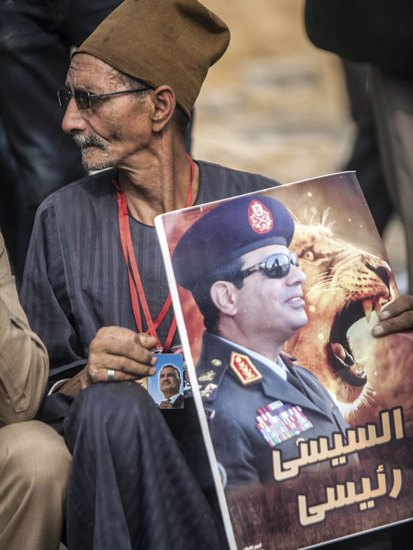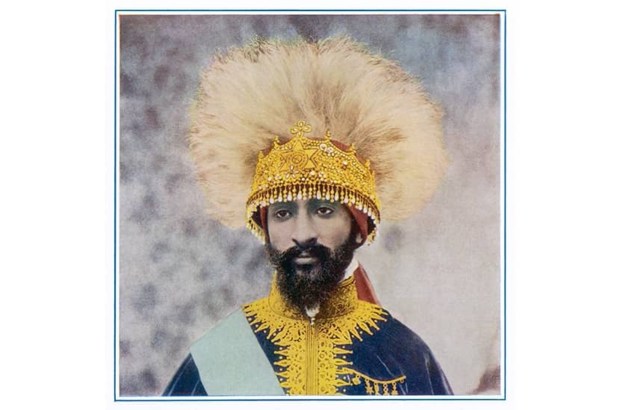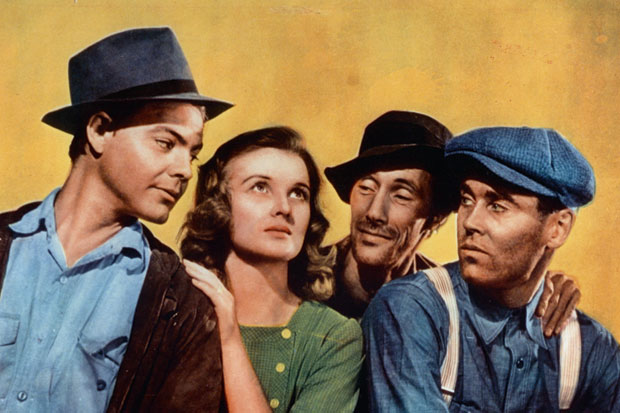Reporting Egypt’s revolution three years ago, I had a sense of history not so much repeating itself as discharging sparks which seemed eerily familiar. Smoke was billowing into my hotel bedroom from the building next door, the headquarters of the Mubarak dictatorship which protestors had set alight; yet also visible from my balcony in Cairo that night were the flickering lights of Zamalek, the island of privilege in the River Nile where my father grew up before fleeing the flames of the Nasser regime on a flying boat in 1956.
Already a subscriber? Log in
Subscribe for just $2 a week
Try a month of The Spectator Australia absolutely free and without commitment. Not only that but – if you choose to continue – you’ll pay just $2 a week for your first year.
- Unlimited access to spectator.com.au and app
- The weekly edition on the Spectator Australia app
- Spectator podcasts and newsletters
- Full access to spectator.co.uk
Unlock this article
Available from the Spectator Bookshop, £10.99. Tel: 08430 600033
You might disagree with half of it, but you’ll enjoy reading all of it. Try your first month for free, then just $2 a week for the remainder of your first year.














Comments
Don't miss out
Join the conversation with other Spectator Australia readers. Subscribe to leave a comment.
SUBSCRIBEAlready a subscriber? Log in